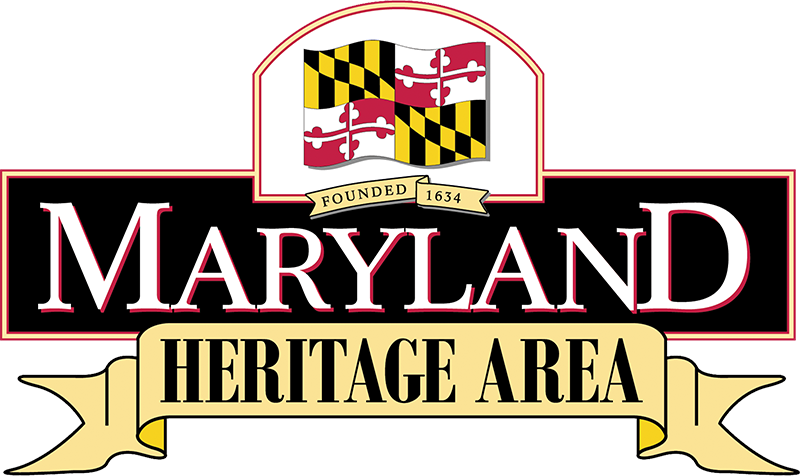Tolson’s Chapel was an African American church and Freedmen’s Bureau school in the years after the Civil War.
In September of 1862, residents of Sharpsburg witnessed the bloodiest single day of the Civil War, the Battle of Antietam. The Union Army could claim only a partial victory that day, but it was enough to give President Abraham Lincoln the opportunity he had awaited to issue the preliminary Emancipation Proclamation. For many Americans thereafter, especially for the almost four million held in bondage, the war was about freedom.
After the war, and practically on the battlefield that spurred Lincoln’s call for emancipation, the small African American community of Sharpsburg began work on a church. Many in this community had been enslaved until 1864, when a new Maryland state constitution abolished slavery. Two years later, in October 1866, the cornerstone of Tolson’s Chapel was laid. This tiny church on a back street in Sharpsburg became the spiritual and educational center of a vibrant community of African American families, and a symbol of their struggles and triumphs.
Tolson’s Chapel was built on land donated by Samuel Craig and his wife, both of whom had been free African Americans before the war. The church was built of logs, one story in height, and had an adjoining cemetery. The structure was dedicated in October 1867 as a Methodist church, and named for John Tolson, the first minister.
By 1868, Tolson’s Chapel also served as a schoolhouse for local African American children. Responding to the lack of educational facilities for African American children after the war, the federal Freedmen’s Bureau helped local communities throughout the South and in the former border states hire teachers and build schools. The Freedmen’s Bureau helped start at least nineteen schools in Washington and Frederick Counties between 1866 and 1870. In April of 1868, teacher Ezra Johnson opened the “American Union” school in Tolson’s Chapel with eighteen children. In addition to the day school for children, Johnson also began a night school for adults, a Sabbath school, and a temperance organization.
The “American Union” school continued until 1870, when Congress began dismantling the Freedmen’s Bureau. By 1871, the state of Maryland began oversight of African American education, and Tolson’s Chapel continued to serve double duty as a school until 1899, when Sharpsburg’s first African American schoolhouse was built nearby at the end of High Street. The last member of Tolson’s Chapel passed away in the 1990s, and the building and cemetery are now under the care of Friends of Tolson’s Chapel. The chapel is open by appointment.



